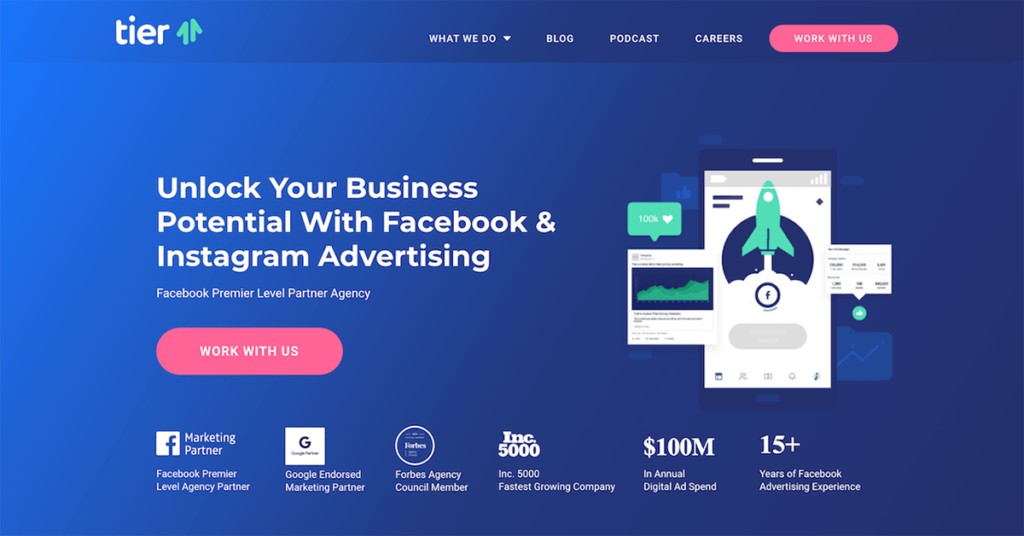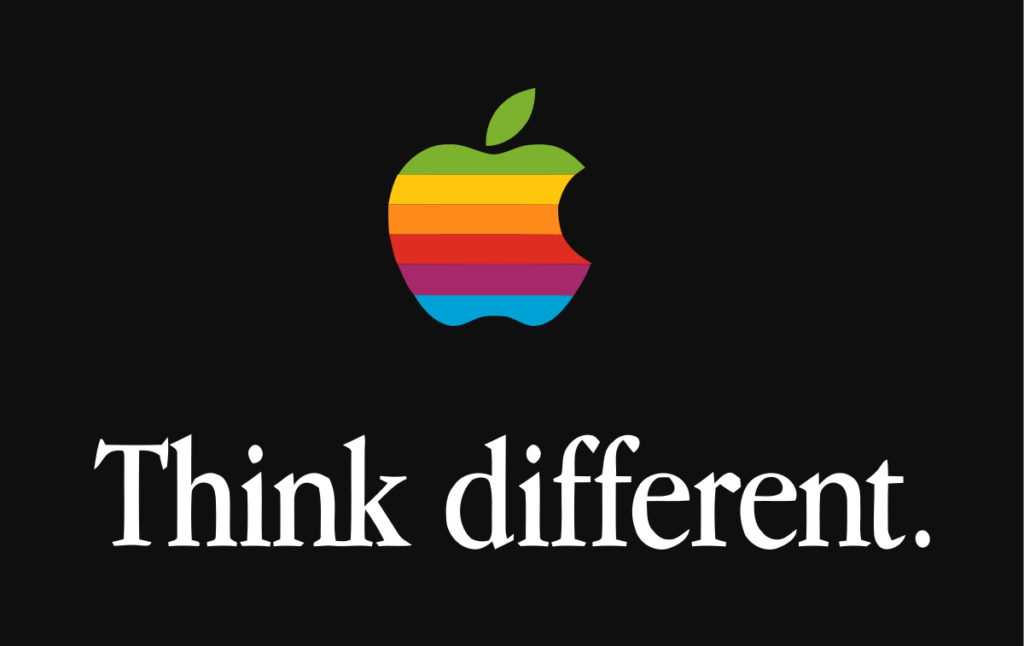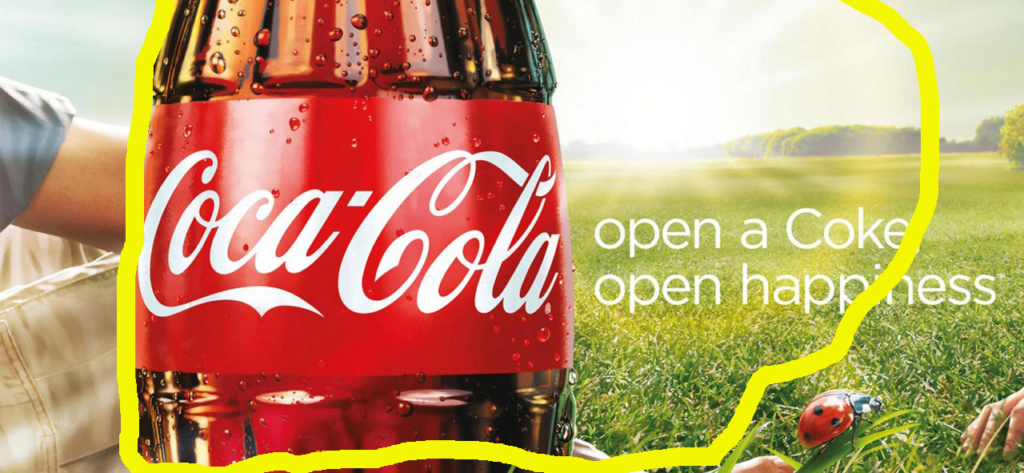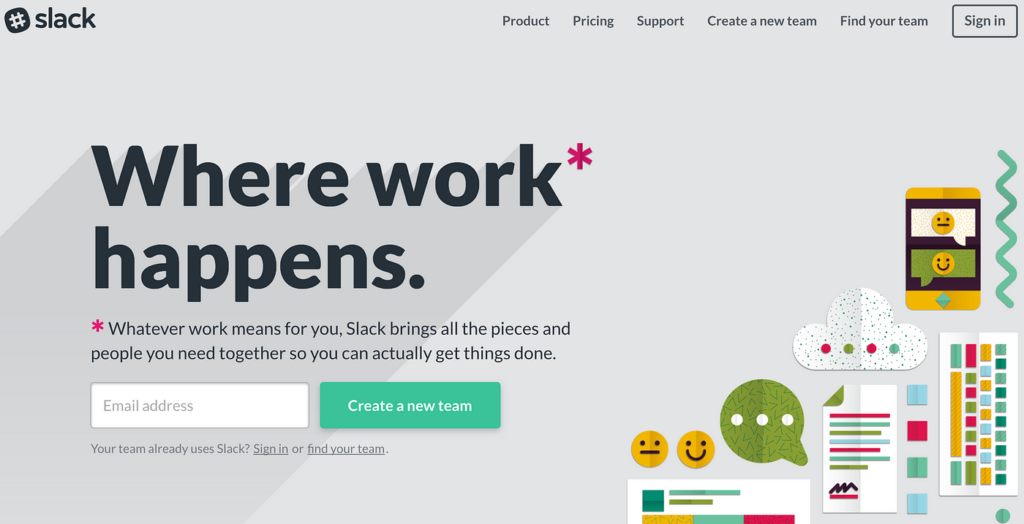In today’s fast-paced digital world, capturing the attention of your audience has become more challenging than ever. With countless messages bombarding consumers daily, it’s essential to have a powerful tool that can cut through the noise and make an immediate impact. That’s where hook writing comes in.
A well-crafted hook can captivate your audience, pique their curiosity, and entice them to delve deeper into your content.
In this blog, we’ll explore the art of hook writing and provide practical tips to help you stay ahead of the curve in 2023.
What is Hook?

Hooks refer to attention-grabbing elements or techniques used at the beginning of a piece of content or copy to capture the reader’s or viewer’s interest and entice them to continue reading or watching.
The purpose of hooks in content and copy is to:
1. Capture attention: Hooks are meant to immediately grab the reader’s or viewer’s attention.
2. Generate interest: Hooks aim to pique the audience’s interest in the topic or subject matter being presented.
3. Establish relevance: Hooks should establish why the content or copy is relevant to the audience.
4. Create an emotional connection: Hooks often tap into the emotions of the audience, aiming to evoke curiosity, excitement, surprise, or other feelings that resonate with them.
5. Set the tone and style: Hooks can also establish the tone and style of the content or copy. They can convey a sense of humor, urgency, authority, or any other desired tone.
Effective hooks are concise, clear, and compelling. They can take various forms, such as a thought-provoking question, a captivating story, a bold statement, a surprising statistic, or a compelling headline.
Types of Hooks:
a. Intriguing Question or Statement:
Craft a thought-provoking question or statement that addresses a pain point or challenge your audience faces.
For example, “Are You Making These Costly Mistakes in Your Marketing Strategy?” This type of hook sparks curiosity and entices readers to find out more.
b. Storytelling:
Utilize the power of storytelling to create an emotional connection with your audience. Share a compelling narrative that resonates with their experiences and aspirations.
For instance, “From Struggling Entrepreneur to Million-Dollar Success: The Inspiring Journey of John Smith.”
Storytelling hooks have the ability to captivate and engage readers on an emotional level.
c. Shocking Statistic or Fact:
Grab your audience’s attention with a surprising statistic or fact related to your industry or topic.
For instance, “90% of Businesses Fail within the First Year: Here’s How to Beat the Odds.”
This type of hook immediately intrigues readers and emphasizes the need for your solution.
d. Personalized Approach:
Tailor your hook to a specific target audience, addressing their unique needs or characteristics.
For example, “Attention, Working Moms: Discover the Time-Management Secrets You’ve Been Missing.”
Personalized hooks establish a connection with your audience and demonstrate that you understand their specific challenges.
e. Benefit-Oriented Hook:
Highlight the immediate benefits your product or service offers.
For instance, “Double Your Productivity in Just One Week: The Ultimate Guide.”
This type of hook appeals to readers who are seeking tangible outcomes and want to see results quickly.
Here are some key platforms where hooks can be effective:

Hooks can be used in various marketing and communication channels to capture the attention of your audience. Here are some key platforms where hooks can be effective:
1. Website Landing Pages:
Hooks on landing pages are essential for enticing visitors to explore further, sign up for a service, or make a purchase.
They should be placed prominently at the top of the page to immediately engage visitors and encourage them to continue scrolling.
2. Blog Posts and Articles:
Begin your blog posts and articles with a compelling hook to grab readers’ attention and entice them to read the entire piece.
Hooks in this context are particularly important as they determine whether readers will stay on your page or navigate away.
The subject line of your emails serves as a hook to encourage recipients to open and engage with your message.
Craft attention-grabbing subject lines that make readers curious or highlight the benefits they’ll gain from opening your email.
Want to 4X your Sales via an Email Marketing Campaign? Here is a 2023 Guide to Email Marketing: How to Build a Successful Campaign from Scratch
4. Social Media Posts:
Hooks play a crucial role in capturing the attention of social media users, who are often scrolling through their feeds quickly.
Start your posts with an intriguing statement, question, or statistic that entices users to click, comment, or share.
5. Video Content:
Begin your videos with a compelling hook to captivate viewers and keep them engaged.
Hooks in video content can be presented as an intriguing introduction, a captivating story, or a surprising statement to instantly grab attention.
Learn how to Generate videos for your marketing campaign using AI. Here are 8 Best AI Video Editor Software Tools Use to save your Time & Effort
6. Advertising Campaigns:
Hooks are vital in advertising campaigns, where you have limited time or space to capture the audience’s attention.
Craft hooks for headlines, taglines, or ad copy that quickly convey the unique value or benefits of your product or service.
7. Presentations and Speeches:
Start your presentations or speeches with a strong hook that immediately captures the audience’s interest.
It could be a relevant anecdote, a startling fact, or a thought-provoking question to make an impactful first impression.
By strategically using hooks in these various channels, you can maximize your chances of capturing and retaining the attention of your target audience.
Here is Step-by-Step Guide to Mastering Hook Writing in 2023:
1. Define Your Audience:
Conduct thorough market research to identify your target audience’s demographics, preferences, pain points, and aspirations.
✔️ Good Example: “Attention, Pet Lovers: Discover the Secret to a Happier and Healthier Furry Friend!”
In this example, the hook directly addresses the target audience (pet lovers) and promises a solution (the secret to a happier and healthier pet). It taps into the emotions and desires of pet owners, creating an immediate connection.
❌ Bad Example: “Amazing Product for Everyone!”
This hook lacks specificity and fails to address a particular audience or highlight any benefits. It is too generic and doesn’t capture the attention or interest of anyone in particular.
2. Research Current Trends:
Stay updated with the latest industry trends, consumer behavior patterns, and popular topics of interest.
✔️ Good Example: “Unlock the Power of Influencer Marketing: How to Leverage the Latest Trend for Explosive Business Growth!”
This hook combines the current trend of influencer marketing with the promise of explosive business growth. It appeals to businesses seeking to capitalize on the trend and generate significant results.
❌ Bad Example: “Old-School Marketing Strategies for Modern Businesses”
This hook fails to highlight any current trends and instead focuses on outdated marketing strategies. It doesn’t capture the attention of businesses looking for innovative and up-to-date approaches.
3. Develop a Compelling Value Proposition:
Identify your unique selling points and craft a clear and persuasive message that highlights the benefits and solutions you provide.
✔️ Good Example: “Revolutionize Your Workspace: The All-in-One Productivity Solution Designed for Modern Professionals”
This hook emphasizes the value proposition of a productivity solution tailored to modern professionals. It showcases the unique benefits and promises a transformation in the workspace.
❌ Bad Example: “New Product Available Now!”
This hook lacks a clear value proposition and fails to communicate any specific benefits or reasons why the audience should be interested. It doesn’t provide a compelling reason to engage further.
4. Experiment with Different Hook Styles:
Conduct A/B testing by using different hooks for similar content and analyze the performance metrics to determine the most effective approach.
✔️ Good Example: “The Secrets of Successful Entrepreneurs: Uncover the Strategies That Propel Businesses to New Heights”
This hook utilizes a storytelling approach to appeal to aspiring entrepreneurs. It hints at the promise of success and growth, intriguing readers and encouraging them to learn the secrets.
❌ Bad Example: “Buy Now and Save Big!”
This hook relies solely on a direct call to action without providing any context or engagement. It lacks creativity and fails to capture the interest of potential customers.
5. Use Data and Analytics:
Implement tracking mechanisms and analytics tools to measure the performance of your hooks and make data-driven decisions.
✔️Good Example: “Increase Conversions by 50%: How Data-Driven Insights Can Optimize Your Marketing Campaigns”
This hook highlights the use of data-driven insights to achieve a specific outcome: increasing conversions by 50%. It appeals to marketers seeking measurable results and emphasizes the power of data.
❌ Bad Example: “Our Product is Great!”
This hook lacks any reference to data or analytics and merely makes a generic claim without substantiating it. It doesn’t provide any compelling reasons why the audience should pay attention.
By following this step-by-step guide and incorporating good hook examples, you can master the art of hook writing and increase your chances of capturing and retaining your audience’s attention in 2023.
Use these hooks to Generate 1000s of Leads for your business. Here are 7 Proven Methods: How you can generate 1000s of Leads for your business without Paid ads.
Here are some examples of successful hooks used by brands:
Certainly! Here are some examples of successful hooks used by brands:
1. Apple: “Think Different”

– This hook used by Apple in the late 90s was a powerful statement that challenged the status quo and appealed to individuals who wanted to break free from convention. It resonated with the brand’s target audience and became synonymous with Apple’s innovative and unique approach.
2. Nike: “Just Do It”

– Nike’s iconic hook has become a rallying cry for athletes and individuals seeking motivation and empowerment. It encapsulates Nike’s brand identity, encouraging people to take action, push their limits, and overcome obstacles.
3. Airbnb: “Welcome Home”

– Airbnb’s hook creates a sense of warmth, belonging, and personalization. It appeals to travelers who seek authentic and immersive experiences, positioning Airbnb as a platform that offers more than just accommodation.
4. Coca-Cola: “Open Happiness”

– Coca-Cola’s hook taps into the emotions and universal desire for joy and happiness. It positions Coca-Cola as a drink that brings people together and creates moments of happiness and connection.
5. Dove: “Real Beauty”

– Dove’s hook challenges traditional beauty standards and celebrates diversity. It resonates with individuals seeking a more inclusive and authentic representation of beauty, aligning Dove with a positive and empowering message.
6. Slack: “Where Work Happens”

– Slack’s hook succinctly communicates its value proposition as a platform that facilitates collaboration and productivity in the workplace. It captures the attention of professionals looking for efficient communication tools.
7. Grammarly: “Write with Confidence”

– Grammarly’s hook addresses a common pain point for writers—making mistakes or lacking confidence in their writing. It positions Grammarly as a tool that helps users improve their writing skills and feel more assured in their written communication.
These examples highlight how effective hooks can align with a brand’s values, tap into emotions, address specific pain points, and communicate a clear value proposition.
Myths vs Facts of Writing Hooks:
Myth 1: Hooks need to be long and elaborate to capture attention.
Fact: Hooks should be concise and impactful. Short and attention-grabbing hooks are more effective in capturing the audience’s attention and piquing their curiosity.
Myth 2: Hooks should appeal to everyone.
Fact: Hooks should be tailored to your target audience. Generic hooks that try to appeal to everyone often fail to resonate with anyone. Understanding your audience’s specific needs and pain points is key to creating effective hooks.
Myth 3: Hooks should only be used in advertising.
Fact: Hooks can be used in various marketing channels, including website content, blog posts, social media, emails, videos, and presentations. Incorporating hooks across different platforms increase their visibility and engagement potential.
Myth 4: Hooks should make exaggerated promises.
Fact: While hooks should be attention-grabbing, it’s important to avoid over-promising. Hooks should accurately represent the value or benefits you can provide to your audience, establishing trust and credibility.
Myth 5: Hooks have to be completely unique.
Fact: While originality is important, hooks don’t have to be entirely unique. Instead, focus on presenting a fresh angle or perspective on a topic, addressing your audience’s specific needs or pain points.
Myth 6: Hooks are only for products and services.
Fact: Hooks can be used for various purposes beyond promoting products or services. They can be used to introduce blog posts, capture email subscribers, promote events, or drive engagement on social media.
Myth 7: Hooks are a one-time effort.
Fact: Hooks should be continuously tested, refined, and optimized based on audience feedback and data analysis. Adapting hooks to changing trends and audience preferences ensures their ongoing effectiveness.
Myth 8: Hooks can be misleading or clickbait.
Fact: Hooks should be authentic and accurately represent the content or offer that follows. Misleading or clickbait hooks can lead to a negative user experience and damage your brand’s reputation.
Myth 9: Hooks are only for experienced writers.
Fact: Hooks can be crafted by anyone with a clear understanding of their audience and value proposition. With practice and experimentation, even beginners can create compelling hooks.
Myth 10: Hooks are not important for SEO.
Fact: Hooks play a crucial role in improving click-through rates, engagement, and time spent on your website, which indirectly impacts SEO. Engaging hooks can attract more visitors and reduce bounce rates.
By debunking these myths and understanding the facts of writing hooks, you can effectively capture the attention of your audience, drive engagement, and achieve your marketing goals.
Here are some do’s and don’ts for writing hooks:
✔️ Do’s:
1. Keep your hook concise and impactful, using short sentences.
2. Create curiosity and intrigue within your audience.
3. Address the pain points and challenges of your target audience directly.
4. Focus on the specific benefits and outcomes your product or service offers.
5. Utilize powerful and evocative language to make your hook more memorable.
❌ Don’ts:
1. Avoid vague and generic statements that lack specific information or value.
2. Be mindful not to overpromise or exaggerate the benefits you can deliver.
3. Do not confuse or mislead your audience with inaccurate or false representations.
4. Steer clear of using complex jargon or language that may confuse your readers.
5. Continuously test, track, and optimize your hooks for maximum effectiveness.
In Conclusion
By following this step-by-step guide and incorporating practical tips, you can master the art of hook writing in 2023. Continuously refine your hooks based on data-driven insights and adapt them to the changing trends and preferences of your audience.


